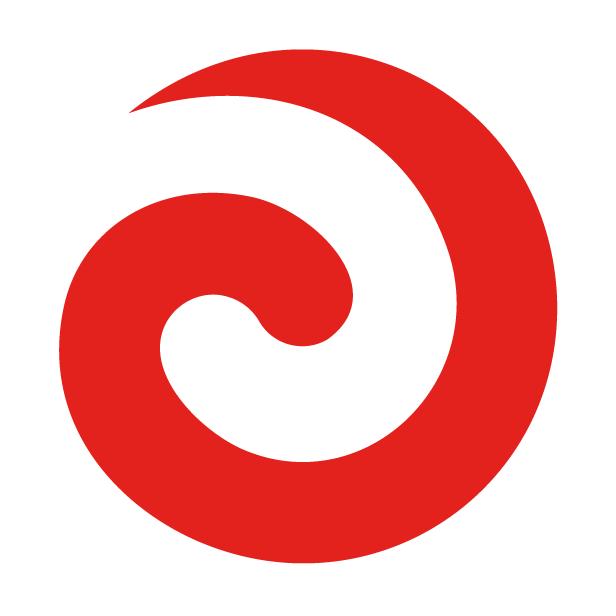Traditional kākahu are at the heart of who Māori are, worn as a mantle of prestige and honour dating back centuries.
“You can see the differences and the making and what's imbued in them,” master weaver Dr Kahutoi Te Kanawa says. "They have their own patterns of endurance. They've gone through an era in a lifetime and the fact that we still have them is wonderful."
But a conflict has emerged over how some contemporary kākahu are being made and incorrectly named, like the one gifted to Australian golfer Zach Murray when he won the New Zealand Open. The cloak was criticised and described as a chunk of faux fur topped off with rooster feathers.
There was also the time Prime Minister Jacinda Ardern attended a dinner with the late Queen, wearing what was described as a korowai, when in fact it was a kahu huruhuru.
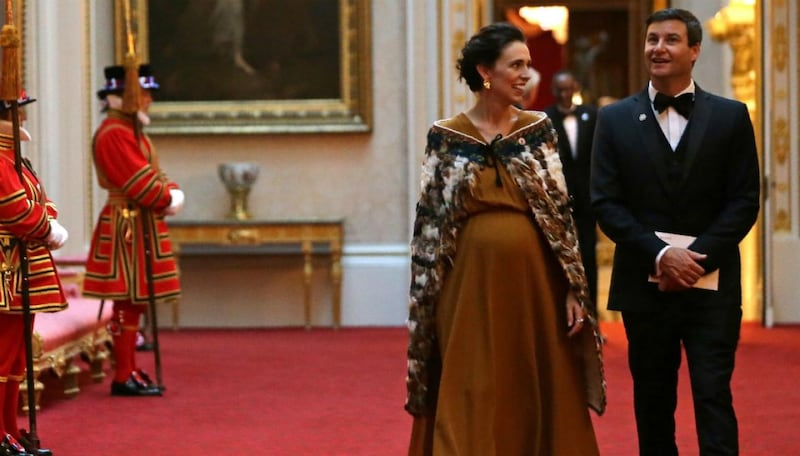
Jacinda Ardern wearing a kahu huruhuru at Buckingham Palace gifted by Ngāti Rānana London Māori Club. Source: Getty
The correct meaning of korowai
“Kākahu is an overall word for clothing in Māori but a korowai is a specific type of cloak and it's a tag one. It’s called hukahuka or kārure. It’s a three-ply or two-ply tag. The hukahuka relates to the snow as it falls.” says Te Kanawa.
Te Kanawa is the pou ārahi curator at the Auckland museum. She comes from a long line of highly respected weavers. She’s the daughter of Diggeress Te Kanawa and granddaughter of Dame Rangimārie Hetet, two of New Zealand’s most prestigious Māori weavers.
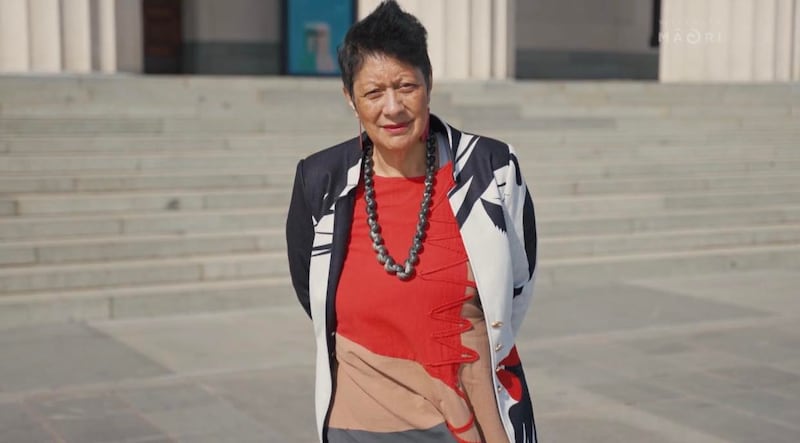
Dr Kahutoi Te Kanawa. Source: File
“There was always a kākahu being made with harakeke nothing else… Everything was done from the harakeke and what we have to remember is that, if we don't use our natural materials like the harakeke, then we lose the skills and there lies a difference.”
Te Kanawa says there are many other types of kākahu or Māori cloaks, such as a kahu kuri, made from dog skin; kahukura, a cloak coloured with red ochre; kahu huruhuru, made from feathers; kahu kiwi made from Kiwi feathers; kahu kererū made from Kererū feathers; and cloaks from the kaitaka class made of flax fibre with a tāniko (embroidered) ornamental border.
“That's where the richness is. But, when you commodify our taonga to become just a faux fur cloak, it really minimises those skills and knowledge. That is offensive and insulting.”
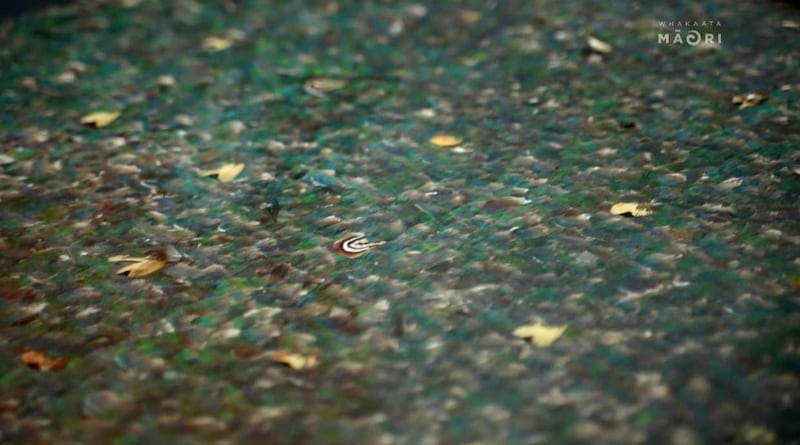
Close up of a kahu kererū. Source: FIle
Making kākahu
Making a kākahu by hand is labour-intensive. It can take up to a year to produce just one kākahu from harakeke.
“Once the fibre is extracted, it's put into rolls or what we call a miro in lengths. You need about the good thousand whenu (strands) to make one cloak," she says.
"There's no comparison though to making a korowai or kahu huruhuru to having some done on faux fur or whipped up on a machine. You cannot compare it.”
Te Kanawa says the cost of traditional kākahu today is dependent on the type and size. A kākahu with native feathers could cost anywhere between $70,000 to $85,000. Meanwhile, a kaitaka could cost up to $130,000.
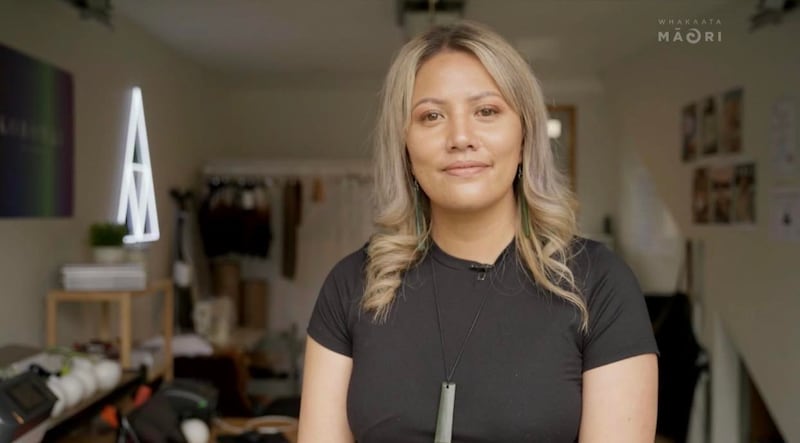
Hiria Aorangi is the owner of Korowai By Hiria. Source: File
A more affordable alternative
The fact is most whānau can't afford a bespoke kākahu made traditionally and that's where Hiria Aorangi has stepped in. She is the designer and founder of Korowai By Hiria.
“I design kākahu by myself as a way of access to, particularly to Māori, to help them to stand in their mana when they're achieving things or they're celebrating milestones. So I'm simply here to help those whānau that are looking for that kind of taonga to add to their family.”
Aorangi had a strong motivation to start making kākahu. It was deeply personal.
“Five years ago my dad turned 70. He went to go and get himself a korowai and the lady said no. So she was the judge on that day telling my dad that he wasn't worthy enough. I thought, ‘Who the hell are you?’ So there were all these tiny little seeds that my whānau weren't being able to stand in their mana. So I started purely on the fact that my whānau were looking for this."
Aorangi has support from her whānau to run the business. Her sisters help with presenting the taonga and creating social media content. Her father blesses the kākahu and her mother, who is the owner of NZ Poi Shop, provides support to Aorangi.
“They're able to, as parents, listen to me and to guide me but also bring with them tikanga.”
Controversy about using sewing machines
Aorangi makes her kākahu using sewing machines. It takes up to a day to make one and already she’s making a splash in high-end fashion magazines and has been asked to design a dress for someone to wear at the 2023 Emmy Awards.
“It is an American musician. She is of African American descent. It might not make the final cut but the opportunities through Vogue and Vanity Fair [have led me to be in] a black book of designers.”
Even though she makes kākahu using a machine, she still thinks there’s integrity in her mahi.
“I'm not bulk manufacturing offshore having my care label saying ‘I hanga ki Haina’ (Made in China). They say Māori made in Aotearoa,” she says.
“And when you look at technology, you look at tattoo artists. Why are they allowed to use our modern machinery and I'm not? I don’t know why. I don't know what the difference is for those that have such a negative stance towards me and me using modern machinery.”

Hiria Aorangi making a kahu huruhuru. Source: FIle
Online criticism: 'You're not even Māori'
Since selling kākahu through her website and gaining popularity online, Aorangi has received criticism.
“People started putting all of their whakaaro pai, whakaaro kino ki ahau nei (good thoughts, bad thoughts about me) saying, ‘You're not even Māori. I had a dream about you. You're a witch. What are you doing?’ In the first six months of sharing kākahu, I’m crying to my husband and my mum and going, 'Why do they say this? They don't even know me'. It was really, really hard.”
Aorangi admits that naming a business with the word “korowai” while selling kahu huruhuru, could contribute to the misconception of what people understand a korowai is.
“I would 100 percent agree that would be the issue … and then I also think about Subway sandwiches, are they selling Subway? Tank smoothies. Are they selling Tank? What's the origin of Coca-Cola?”
A rebrand?
Aorangi has spoken to Māori consultants and business owners who she trusts and they advised her to keep the name Korowai By Hiria.
“They said Hiria, stand in your mana about it. I was like, 'Right.”
Aorangi says the use of the word korowai in her business name refers to her being a korowai or support person for others. She knows the importance of correctly naming kākahu and lists them on her website. But she’s still been asked to rebrand and change the name.
“If it does happen, I'll be a bit sad about it because that āhua of being a korowai in that safe space. The ones that felt that aroha around it will also feel like,’ Oh, she was a korowai to me. She did help me to learn. She did help me to feel safe. She was the one that informed me about tikanga’. I don't even have $10,000 or $15,000 to pay a weaver.”
The cost of having a traditionally made kākahu is in the thousands, so for some whānau buying contemporary kākahu, like the ones sold by Aorangi, that the next best option.
“As long as they know what they're paying for, as long as they understand that it's actually not a korowai. It's a cloak or it's a cape but it's not a korowai.”
Preserving traditional textiles
Meanwhile, Te Kanawa is committed to the survival of traditional textiles. All she’s asking is that people know and respect the difference between a traditional kākahu and a korowai-inspired cloak.
“I have a concern about a lot of traditions that are being lost but we are trying to do our best as a whānau. We also have a national weavers committee called Te Roopu Raranga Whatu o Aotearoa where we have a lot of emerging weavers who are coming up, who are learning the traditional ways and methods.”

